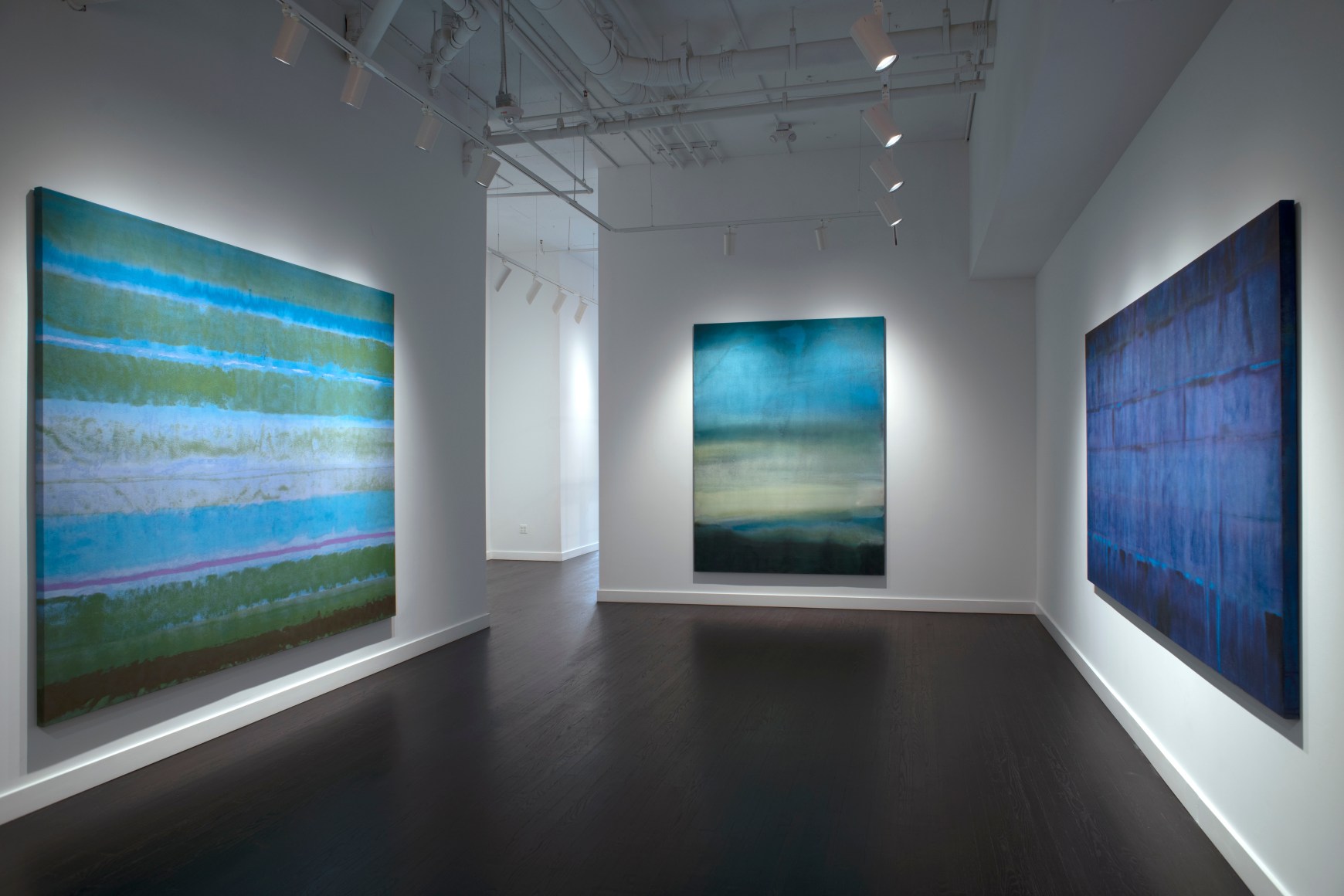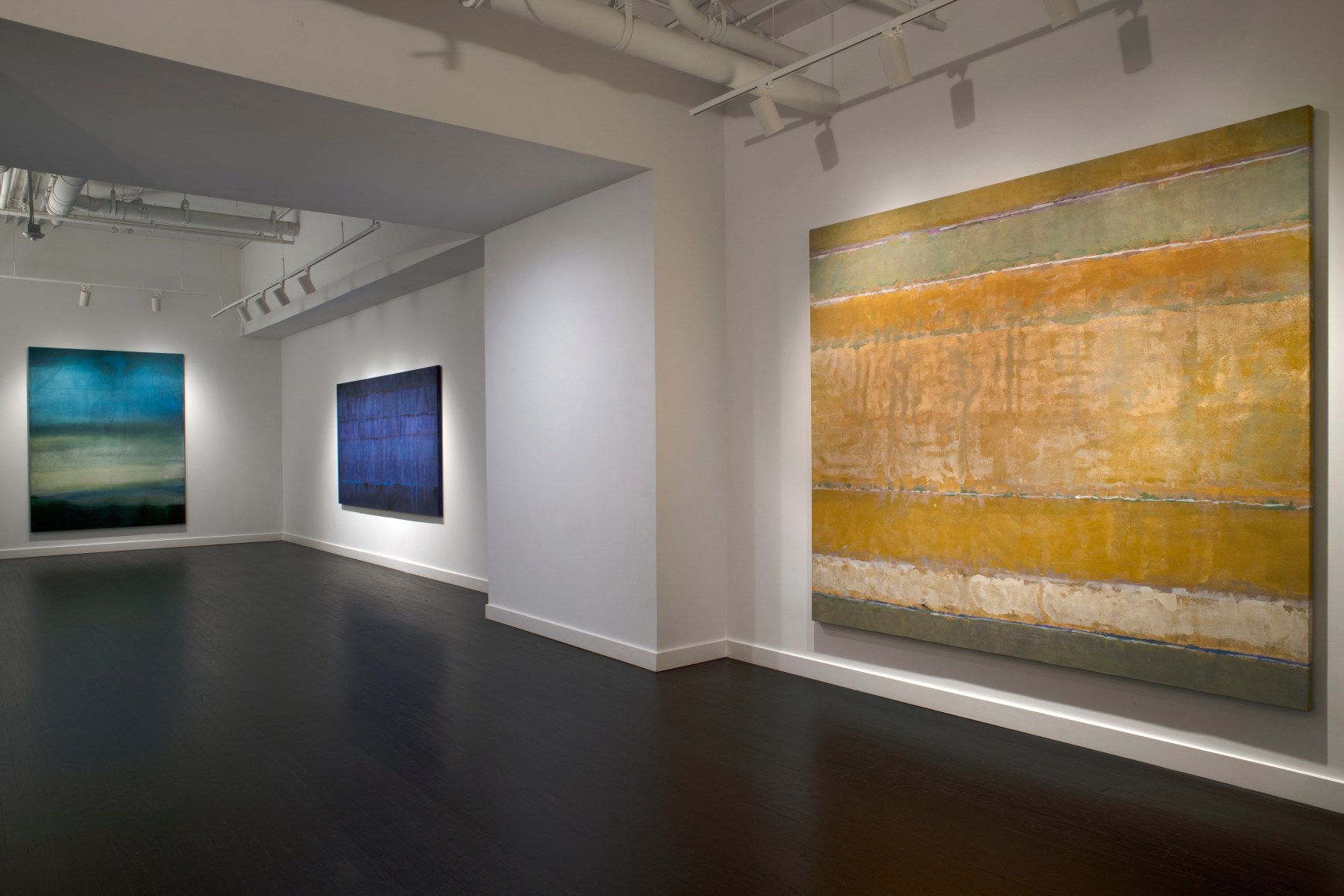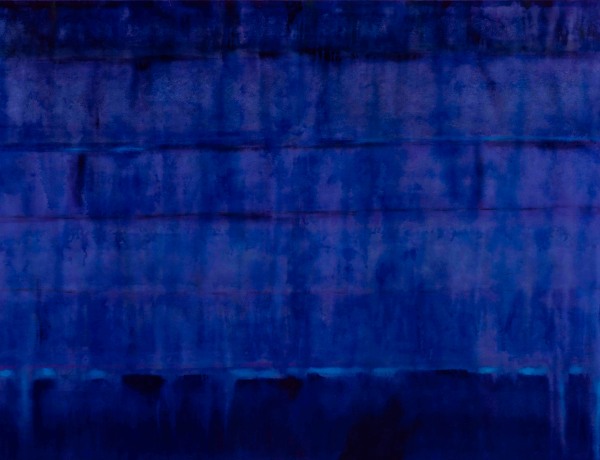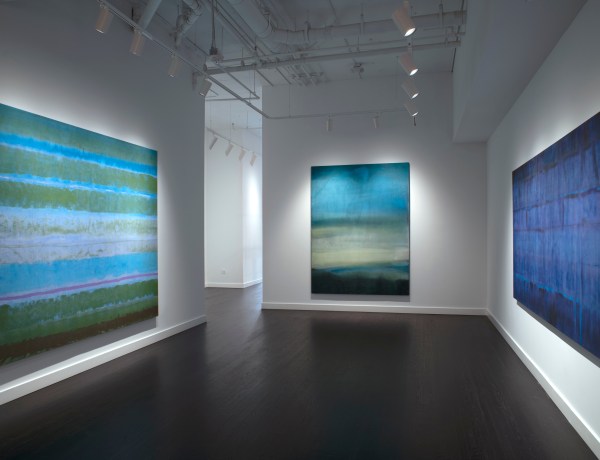Review | In the galleries: A filmmaker’s latest edition of souls on separate journeys
A spiritual journey through bustling D.C., inspiration in the American Southwest, an artist’s enhanced surroundings and works by seven African American artists
By Mark Jenkins for The Washington Post
February 23, 2024
Many color-field abstractionists have rejected the notion that their pictures look like landscapes, but sometimes the resemblance is hard to deny. Most of the vivid canvases in Hemphill Artworks’ “Willem de Looper: Paintings 1972-1975” were made soon after the Dutch-born D.C. artist’s 1973 trip to the American Southwest. The large pictures sweep horizontally and are usually in the colors of stone, sand and clay. (There are also three heavily blue ones, at least one of which predates the excursion.) The paintings are not literal landscapes, but the inspiration is palpable.
Art and the City: Colors and Crossroads
by Phil Hutinet for HillRag
February 13, 2023
In contrast to the exhibition “Willem de Looper: Paintings 1968 – 1972,” presented two years ago at HEMPHILL, “Paintings 1972 – 1975” marks a notable evolution in de Looper’s artistic approach. This transformation sets him apart from his Washington Color School peers, a group largely known for maintaining consistent painting methods throughout their careers.
In 1973, post initial acclaim, de Looper and his wife Frauke embarked on a cross-country journey across the United States. The expansive deserts and towering mountains of the American Southwest profoundly impacted the artist, proving a revelation for him as a DC resident who emigrated from Europe.
“Paintings 1972 – 1975,” stands as a distinct phase in the artist’s career or what the HEMPHILL calls “a second act,” affirming the artist’s enduring commitment to innovation and depth.






